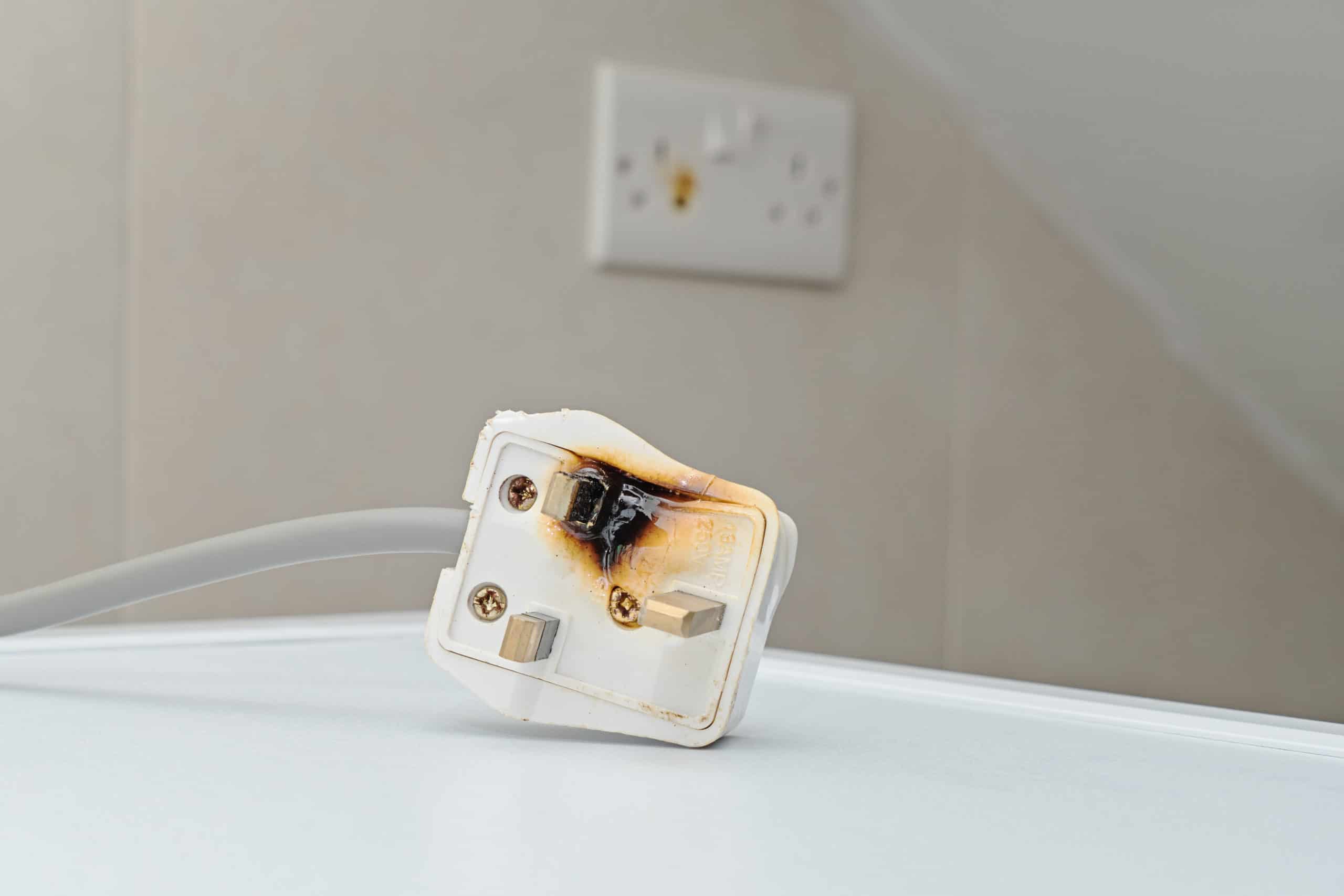3 Types of Product Liability Claims
Michele Mirman | Product Liability | January 31, 2020

You would expect that the products you buy in New York are safe for you and your family to use. However, this isn’t always the case. Some companies cut corners to save costs.
Others rush them to market before testing them properly. A few even push products for sale knowing that they contain risks without disclosing those to consumers. All of these decisions can have devastating consequences for consumers like you.
In New York, companies can be held accountable for their defective products and the harm they cause. There are three main types of product liability claims. Here’s what you need to know.
Design Defect
The way a product is designed is critical to how it will function when it is put together. If there’s a flaw or mistake in the design, that will have repercussions throughout the product’s life.
Even if that product is put together with extreme care, it will be inherently dangerous. This is called a design defect.
For example, let’s say a company makes a toy that’s designed for babies. If the company used small parts that could easily make a child choke, that would be a design defect.
Similarly, if a company used a known carcinogen in its pesticide, despite the fact alternative were available, that might be a design defect.
- A toy intended for babies is designed using small parts that could easily cause a small child to choke.
- The main ingredient in a pesticide is carcinogenic.
How do you prove a design defect? You’ll have to establish:
- The product, when used for its intended purpose, is dangerous;
- An alternative and safer design exists;
- It wouldn’t cost the company too much to implement a safer design;
- The product would have functioned similarly under the safer design; and
- You got hurt because of the defect in the product’s design.
Products with a design defect will always be dangerous because the danger is inherent in the product.
Manufacturing Defect
If a product’s design is safe, it follows that the product itself should be safe. However, things can go awry when there’s a mistake or error in the manufacturing process.
A manufacturing defect exists when a product is not designed according to its blueprint because of the way it was put together.
A manufacturing defect can affect one item on a product line or an entire batch of items. It can be the result of human error or a malfunction in an existing manufacturing process.
At the end of the day, it doesn’t really matter why the manufacturing defect happened. Companies can be held strictly reliable regardless.
For example, let’s say a company sells furniture. During the manufacturing process, a worker uses an incorrect size bolt to fasten legs to a table. The product is defective not because of its design, which called for the correct size bolt, but rather because of the way it was put together.
How do you prove that a manufacturing defect exists? You’ll have to establish that:
- The product is dangerous when used as intended;
- The product would have been safe if it had been assembled or manufactured according to its specifications; and
- You were injured because of the product’s manufacturing defect.
The bottom line is that a manufacturing defect means that a product is dangerous because of the way it was put together.
Marketing Defect
A company must disclose potential risks and hazards that a consumer probably wouldn’t discover on their own through ordinary use of a product. If a company fails to warn you about a known or potential risk, that can be the grounds for a product liability lawsuit.
This is why products tend to come with so many stickers, labels, and bright-colored safety warnings. Companies have to be one step ahead and make sure that you’re fully aware of the risks associated with using a product.
For example, imagine that a company sells medical devices that are designed to catch blood clots before they can reach the heart. The company knows that there’s a chance these devices could fail and fracture inside the body, but doesn’t bother to pass that information along to patients.
If your device fails and you get hurt, the company could be responsible for your injuries because of the marketing defect.
How do you prove a marketing defect exists? You’ll have to establish:
- The company knew or should have known that the product carried potential risks;
- Those risks would present a substantial danger to consumers if the product was used as intended;
- Consumers probably wouldn’t discover this kind of danger on their own;
- The company failed to provide adequate warnings;
- You were injured because you were not warned.
It’s important to note that, for all three types of product liability claims, you don’t have to prove negligence. Under New York state law, companies can be strictly liable for defective products.
You’ll only have the burden of proving that a defect existed, not that the company didn’t take care when designing, manufacturing or selling it.
